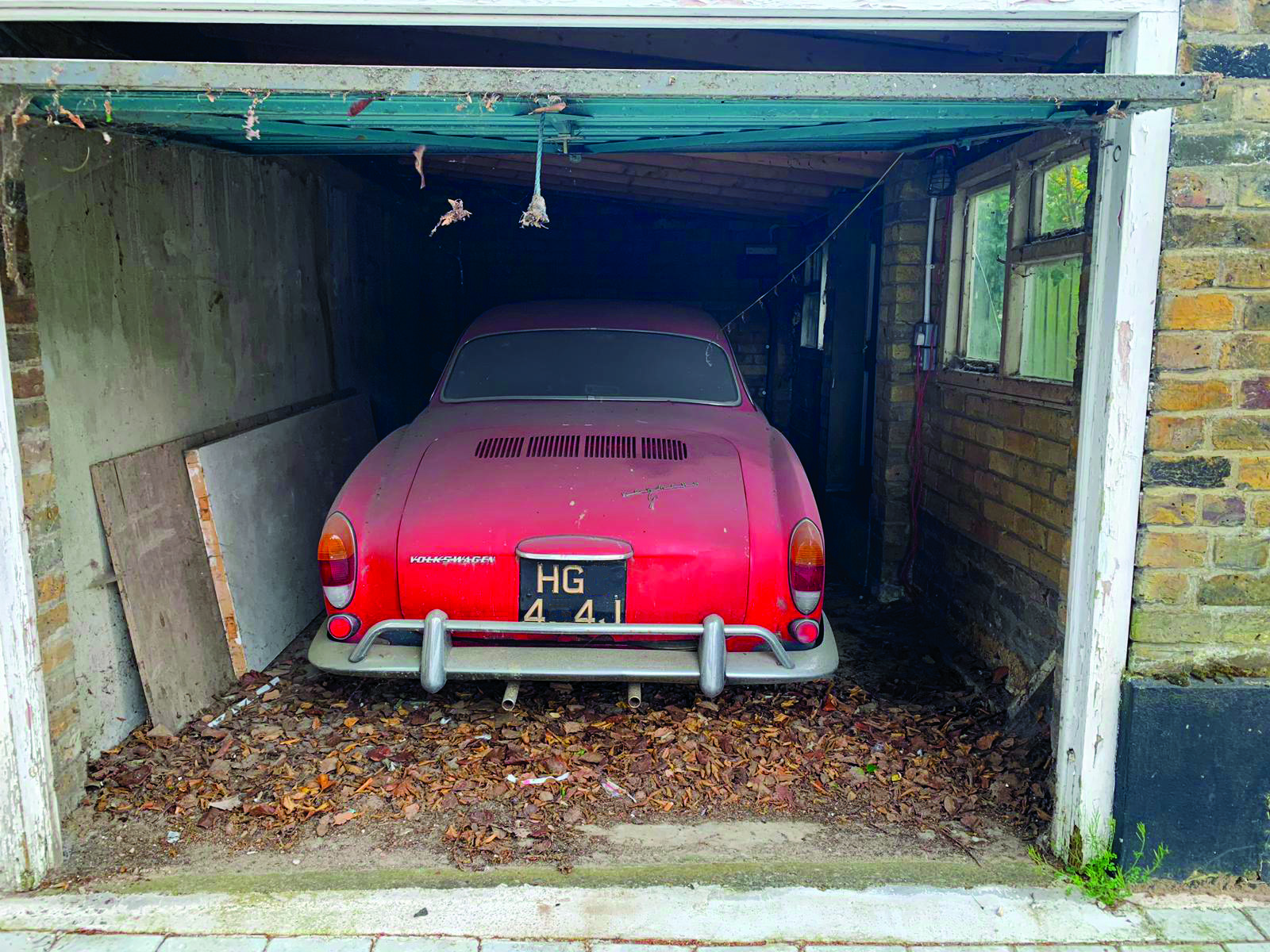An eternal dreamcar called Volkswagen Karmann Ghia

At more than 65 years old, the tiny German 2+2 with Italian lines keeps on being one of the most loved coupés ever
Based on Beetle mechanics with a Ghia body design, the famous Typ 14 is a symbol of Germany’s economic upturn in the 1960s. With its generous and sophisticated lines, it is also the model that brought Karmann coachbuilding house into the history of the automobile industry. It is one of the most famous works of the atelier in Lower Saxony and, with its front end characterised by two unmistakable air vents, it has had resounding success.
High volumes. The production of the model lasted 19 years and reached a total volume of 362,601 units in the coupé version (source: Volkswagen). The numbers of the convertible version, described in an advertisement of the time as “the dream car for demanding drivers who want to go fast even with the top open”, were astonishing too. Apparently, 80,881 units have been sold since 1957. The open top version was in fact launched two years after the coupé, and was manufactured until the production was interrupted in 1974.
 Extremely sought-after by collectors. In the early 90s in the United Kingdom, the Volkswagen Karmann Ghia was considered a cult model. Driving one in London meant having to continuosly hear purchase offers, perhaps while queuing at traffic lights, or even being stopped on the road by fans of the model who offered very high figures. This is particularly true for the dark orange model in the photo, which still exists: the small German car has an important sentimental value for its owner, and already for this reason it would deserve a complete restoration. But it was not only Her Majesty’s subjects who were fascinated by the Typ 14: the model was very popular in the USA too, as it was in Latin America, where the Brazilian Volkswagen produced it with a few minor variations on the European version.
Extremely sought-after by collectors. In the early 90s in the United Kingdom, the Volkswagen Karmann Ghia was considered a cult model. Driving one in London meant having to continuosly hear purchase offers, perhaps while queuing at traffic lights, or even being stopped on the road by fans of the model who offered very high figures. This is particularly true for the dark orange model in the photo, which still exists: the small German car has an important sentimental value for its owner, and already for this reason it would deserve a complete restoration. But it was not only Her Majesty’s subjects who were fascinated by the Typ 14: the model was very popular in the USA too, as it was in Latin America, where the Brazilian Volkswagen produced it with a few minor variations on the European version.
Italian look. What were the determining factors for such success? The sporty elegance of the design, of course. Over the years few variations have been made to the line of the Volkswagen Karman Ghia (extension of the wheel arches and front air vents, different rear lights). But it is no doubt that the spaciousness of the interior, the noiselessness and the high quality of the finish also played a substantial role. The engine was upgraded several times since 1966 to a displacement of 1,584 cc (50 hp) and a speed of up to 140 km/h.

Style and efficiency. The 2+2 coupé went into production in 1955 with just a few tweaks done to the Ghia design, which at that time was headed by Luigi Segre after the dismissal of Felice Boano in 1953. The Karmann owner’s request, made that year, was actually for a convertible but the design of the coupé – whose prototype was immediately made – instantly convinced both him and the then Volkswagen managing director, Heinrich Nordhoff. In essence, the idea of giving a sporty tone to the efficient chassis of the Beetle (Typ 1) proved to be effective.
A legend in the spotlight. The Typ 14, which also made a significant contribution to the spread of the Ghia brand around the world, was then forced into retirement by the Volkswagen Scirocco, designed by Giorgetto Giugiaro. The last example of the legendary “three-handed” designed coupé left the Osnabrück production plant on 31st July 1974. It was in Phoenix Red, the same colour scheme with which it was exhibited at the Bremen Classic Motorshow in Germany earlier this year (see picture above). It was the first time it was ever in the spotlight, and the German Karmann headquarters in the meantime had been acquired by the Wolfsburg Group in 2010, after bankruptcy a year earlier.
© UNAUTHORIZED REPRODUCTION FORBIDDEN
